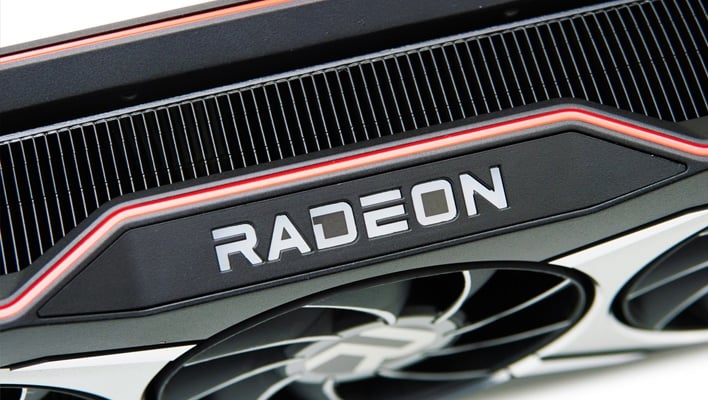AMD has issued another statement clarifying its Radeon GPU driver strategy after its latest Adrenalin Edition release (version 25.10.2) created a fair bit of confusion and anxiety among owners of older graphics cards. In less uncertain terms (compared to its
previous statement), AMD reassures owners of Radeon RX 5000 and 6000 series GPUs they will still receive driver updates supporting new game releases.
This was not a foregone conclusion prior to now, but let's backtrack for a moment. The release notes for AMD's newest GPU driver update, released last week, contained a couple of eyebrow-raising announcements. One was that AMD was altering the functionality of USB-C ports on newer-generation Radeon RX 7900 series GPUs, which AMD later clarified was erroneous. USB-C functionality is not changing.
The more concerning tidbit, however, was that RDNA 1 (Radeon RX 5000 series) and RDNA 2 (Radeon RX 6000 series) driver support was transitioning to "maintenance mode."
"RDNA 1 and RDNA 2 graphics cards will continue to receive driver updates for critical security and bug fixes. To focus on optimizing and delivering new and improved technologies for the latest GPUs, AMD Software Adrenalin Edition 25.10.2 is placing Radeon RX 5000 and RX 6000 series graphics cards (RDNA 1 and RDNA 2) into maintenance mode. Future driver updates with targeted game optimizations will focus on RDNA 3 and RDNA 4 GPUs," AMD originally stated in its release notes.
Naturally, this didn't sit well with owners of older Radeon GPUs, as well as those considering a newer-generation Radeon graphics card like the
Radeon RX 7900 XTX or XT. The concern was that a shorter support cycle compared to NVIDIA would put Radeon owners, both old and new, at a disadvantage.
AMD then sought to clear the air by saying it would indeed still deliver new features, bug fixes, and game optimizations to Radeon RX 5000 and 6000 series owners, but "as required by market needs in the maintenance mode branch." That 'market needs' qualifier only added to the confusion.
So, what's really going on?
AMD Clarifies Dual GPU Driver Branch Strategy
On Sunday evening, AMD published a
blog post saying it's "heard your feedback" and wants to "clear up the confusion" that remains over its GPU driver strategy. In short, AMD is shifting to "two optimized driver paths," one of which is for RDNA 1 and RDNA 2 GPUs, and the other for RDNA 3 and RDNA 4 GPUs.
AMD went to say that "this is not the end of support for RDNA 1 and RDNA 2," and that owners of Radeon RX 5000 and 6000 series products will continue to receive game support for new releases, stability and game optimizations, and security and bug fixes.
"The difference is that these products now benefit from a dedicated, stable driver branch, one built on years of tuning and optimization. This approach helps deliver a smoother, more consistent experience for your games while insulating previous generation GPUs from rapid changes designed for newer architectures," AMD explains.
Why make the shift? According to AMD, separating the code paths for older and newer RDNA GPUs enables its engineers to "move faster with features for RDNA 3 and RDNA 4, while keeping RDNA 1 and RDNA 2 stable and optimized for current and future games."
The cynical among you may view this as damage control, and to some extent, perhaps it is. However, AMD's reasoning makes sense from our vantage point. It's also now officially a non-issue, so long as AMD stays true to its promise to optimize older GPUs for new game releases.

